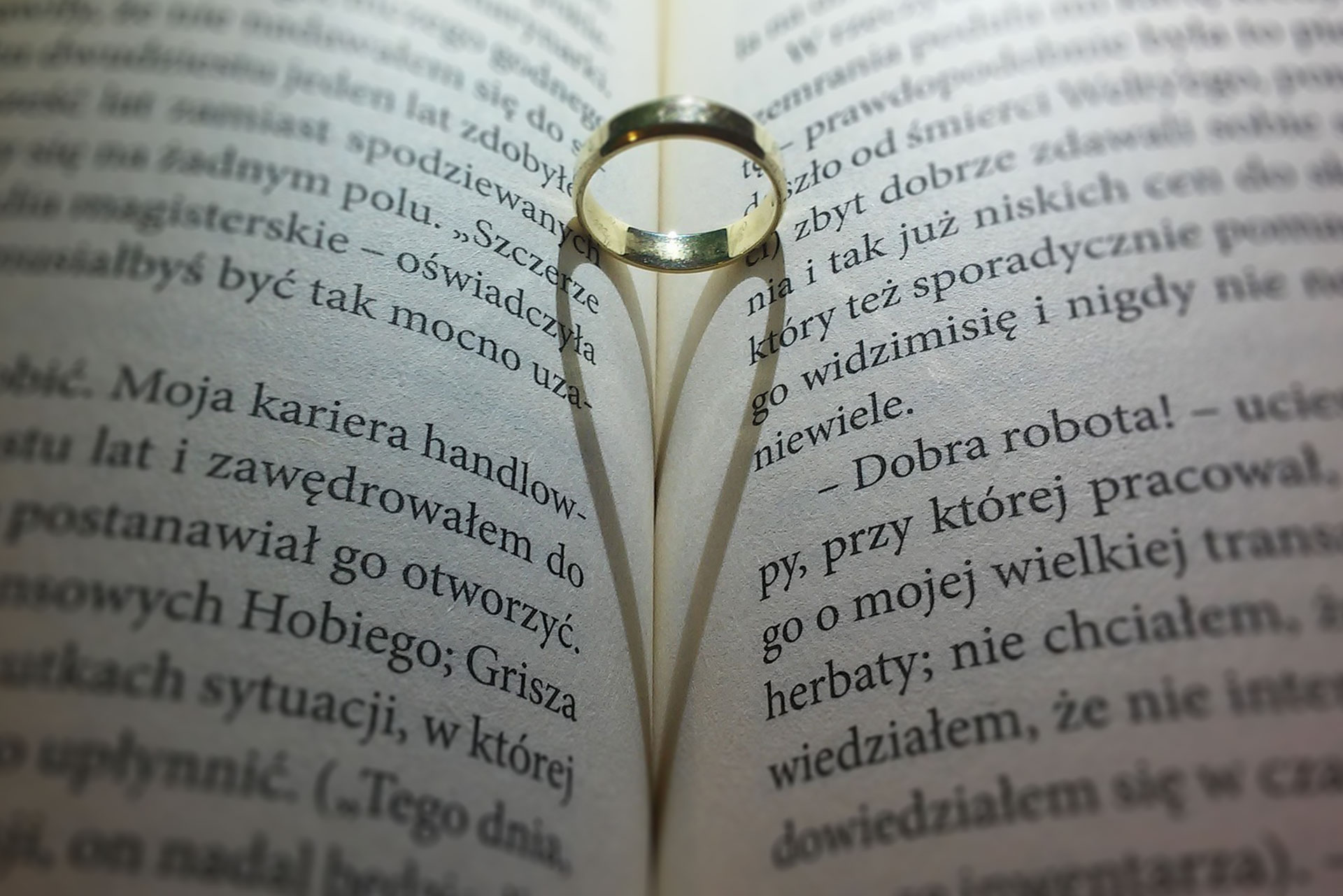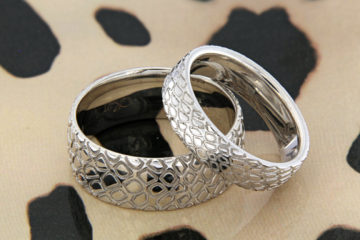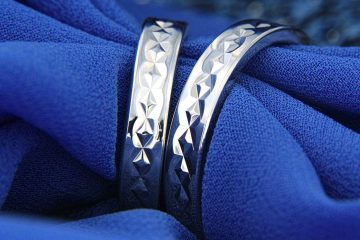In our daily lives we often use objects whose origin it is unknown for us: who invented it? Why?
For example, the wedding band.
In the last centuries, rings have been the symbol of something important, it is enough to think of the characters in films or documentaries on the ancient Egyptians or Greeks, although with the Romans the matter even takes on a legislative connotation: gold, the rings of free citizens; silver, the rings of freed slaves; iron, the rings of slaves. In the Middle Ages, the practice of giving a ring to kings or bishops during coronation and consecration ceremonies began.
If, on the other hand, we talk about wedding, we must go back to the Romans: at that time there were both the engagement rings (promise of marriage) and the wedding ring (“vinculum”). Both ladies and gentlemen wore a kind of wedding ring, rarely in gold. We have to wait until the sixteenth century to see the practice of wearing a ring after the wedding day, and the seventeenth century for the spread of the habit of engraving names and / or wedding date.
The yellow gold, symbol of eternity, gradually asserts itself with the growth of the Christian influence. The circular shape symbolizes the union of the two spouses. The faith is usually placed, albeit not everywhere, on the left ring finger starting, it seems, from an ancient belief for which, it was thought, an artery passed from there that led directly to the heart.
There are several types of wedding bands, reason why Aurum offers a big range of these rings: classic (flat and rounded, comfort fit, italian traditional mantovana and francesina), two-tones, tricolor, with diamonds, with cut diamond surface, hammered, ice-matt, sand blasted and many others. Nowadays, wedding bands are no longer exclusively in yellow gold, but also in white gold, champagne, rose, red or other materials (e.g. platinum, palladium, titanium). In our website you can easily find many examples of wedding rings of different material and model, although the customization is sometimes the most desired option. After all, every union is unique!


